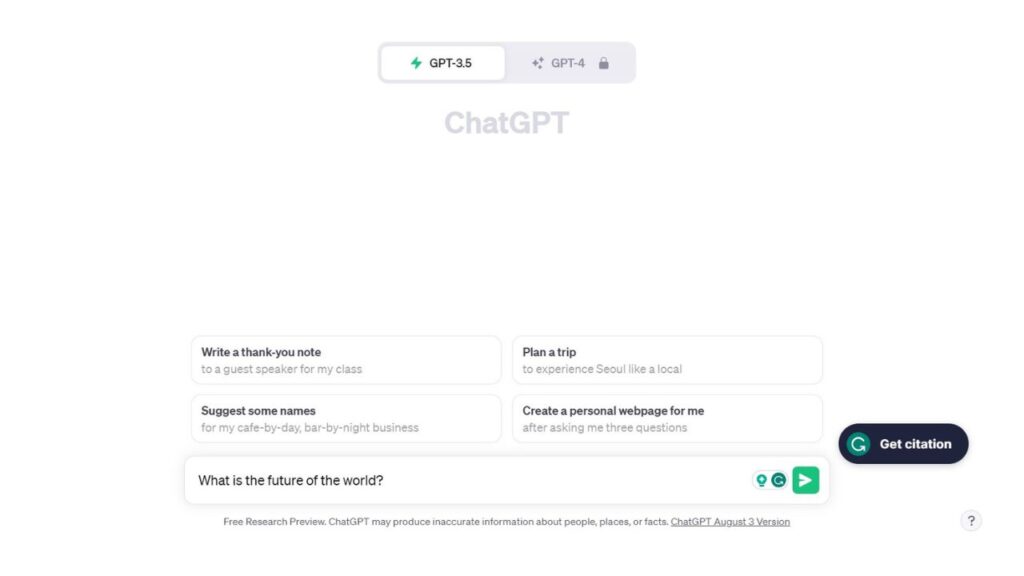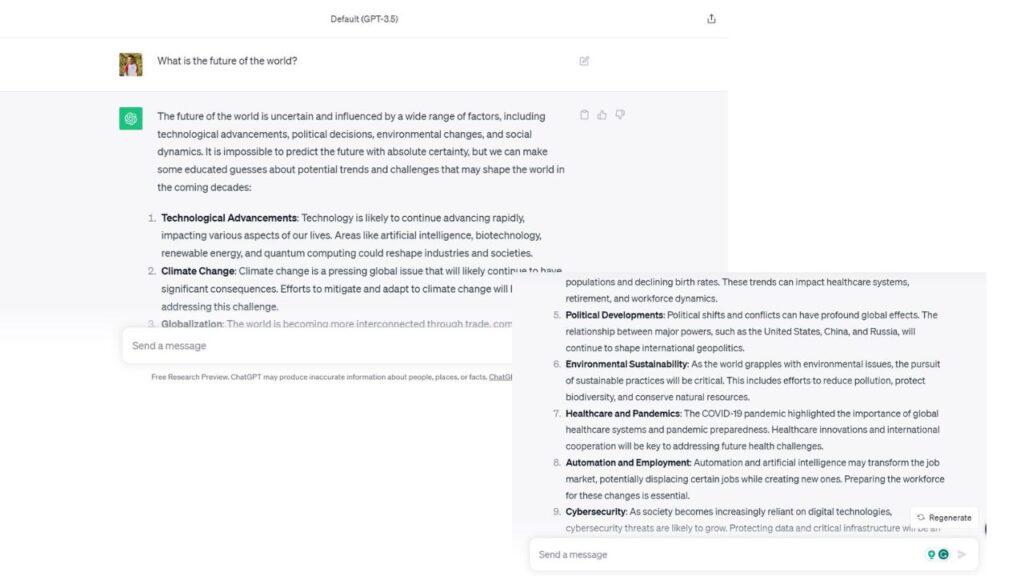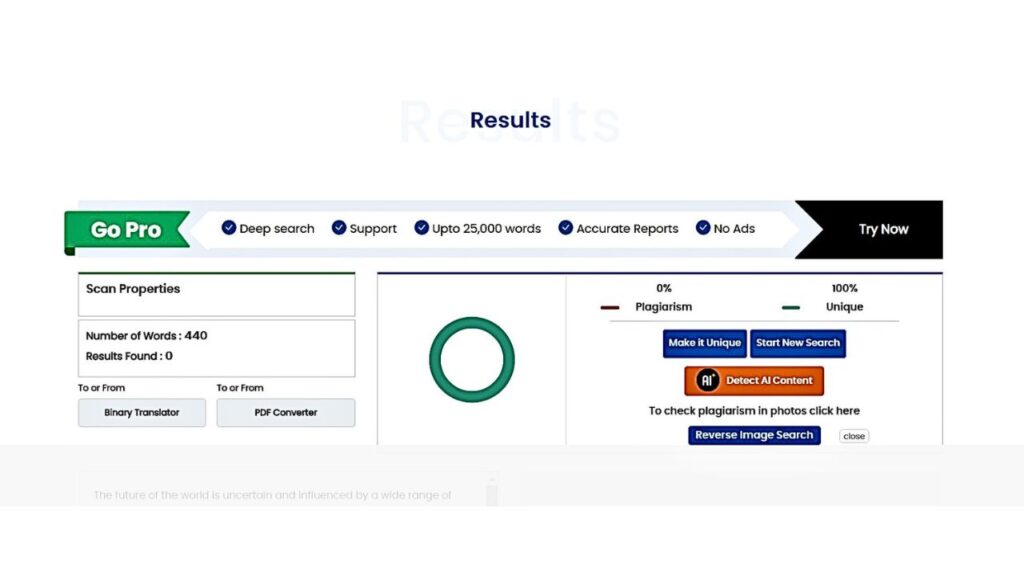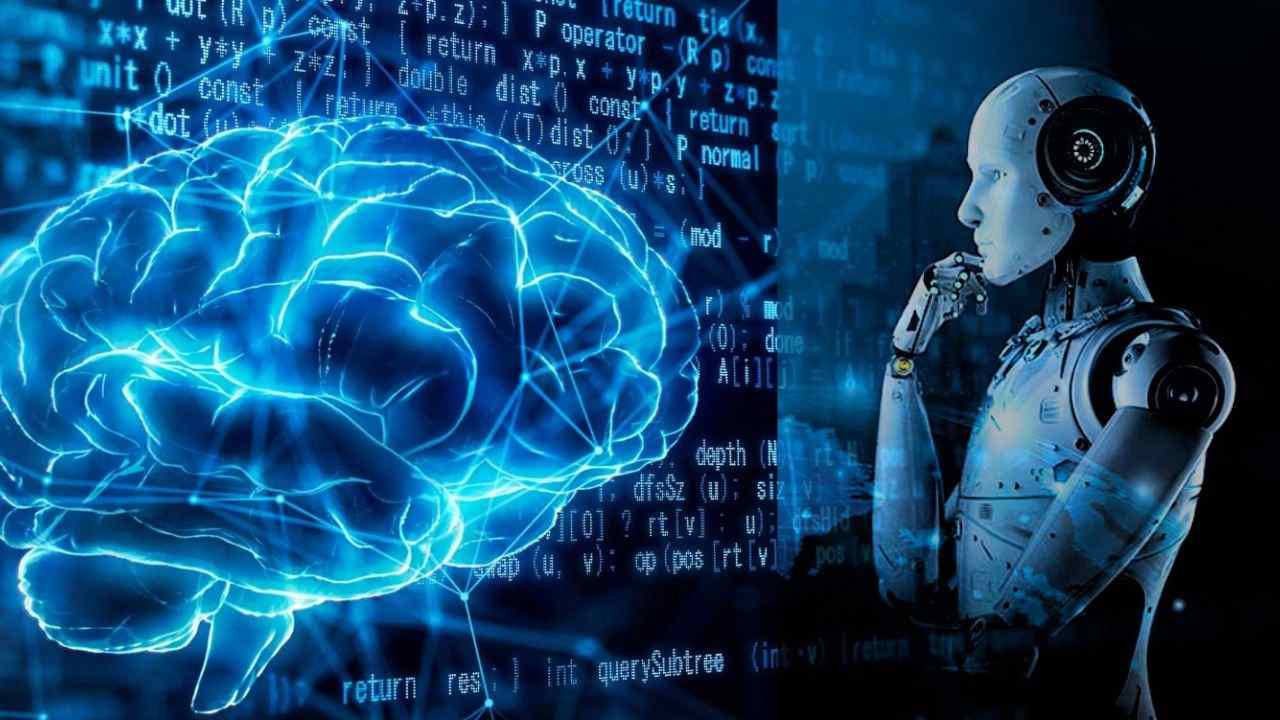Explore the intriguing question: Is Chat GPT detectable? Uncover insights on GPT-3.5 architecture and its potential impact in this thought-provoking article.
Table of Contents
Unmasking the Enigma: Is Chat GPT Detectable?
Is Chat Gpt Detectable? depends on several factors and is an ongoing area of research, so there’s no simple yes or no answer. Here’s what we know:
Yes, Chat GPT can be detected with some degree of accuracy, but the methods are not foolproof. Techniques for identifying AI-generated text include:
The Detectability of ChatGPT: A Cat and Mouse Game in the AI Arena
ChatGPT, the ubiquitous AI chatbot, has revolutionized the way we interact with machines. Its ability to spin compelling narratives, translate languages, and even write code has sparked excitement and trepidation in equal measure. But amidst its many talents, a crucial question arises: Can ChatGPT be detected?
The answer, much like the AI landscape itself, is nuanced and constantly evolving. Detecting AI-generated content is a cat and mouse game, where advancements in detection technology are met with refinements in language models like ChatGPT. To navigate this complex terrain, we need to delve into the methods used for detection, the limitations of these methods, and the future of AI-generated content traceability.
Methods of Detecting ChatGPT:
- Statistical Analysis: This method analyzes text for patterns and statistical deviations that are common in AI-generated content. These include repetitive sentence structures, unusual word choices, and inconsistencies in tone and style. Tools like GPTZero and Content at Scale employ this approach, with varying degrees of accuracy depending on the length and complexity of the text.
- Stylistic Analysis: This method focuses on the flow, coherence, and originality of the text. Human-written content typically exhibits a unique voice and a sense of progression, while AI-generated content might show signs of formulaic phrasing and predictable sentence structures. Tools like Origin and Turnitin utilize this approach, often in conjunction with statistical analysis.
- Contextual Analysis: This method examines the context in which the text appears. For instance, if a news article contains factual inaccuracies or stylistic inconsistencies not typical of professional journalism, it might raise suspicion of AI generation. Tools like FactCheckAI and Checksum can be helpful in identifying factual inconsistencies, though their effectiveness relies heavily on the availability of reliable reference sources.
Limitations of Detection Methods:
Despite these advancements, detecting ChatGPT remains a challenge for several reasons:
- Constant Improvement: ChatGPT and other language models are constantly being refined, making their outputs more human-like and harder to distinguish. New training data and algorithms can quickly render older detection methods obsolete.
- Subjectivity and Context: Many detection methods rely on subjective criteria like “unusual word choice” or “lack of coherence,” which can be interpreted differently by different users. Additionally, the context in which the text appears can influence its perceived “AI-ness.”
- Creative Obfuscation: Users adept at AI technology can employ techniques like paraphrasing, editing, and injecting personal anecdotes to mask the AI fingerprints in their content.
The Future of AI Detectability:
The future of AI detectability is a dynamic space with constant innovation on both sides. Here are some potential trends:
- Advanced Machine Learning: More sophisticated machine learning algorithms, capable of understanding complex linguistic nuances and adapting to evolving language models, could improve detection accuracy.
- Focus on Intent and Originality: Instead of simply identifying AI-generated content, future tools might focus on detecting the intent behind its creation (e.g., plagiarism, misinformation) and tracing its origin to specific models or sources.
- Human-AI Collaboration: Rather than viewing detection as a confrontational exercise, future efforts might focus on harnessing the power of both human and AI capabilities for content creation and verification.
Conclusion:
While detecting ChatGPT isn’t foolproof, it’s not entirely impossible either. The key lies in understanding the limitations of current methods, acknowledging the constant evolution of AI technology, and embracing the potential of human-AI collaboration. As we navigate this new landscape, it’s crucial to prioritize responsible AI development, transparency in content creation, and critical thinking when consuming information. Remember, the cat and mouse game of AI detection is not about declaring winners and losers, but about ensuring the ethical and responsible use of this powerful technology.
Is ChatGpt plagiarism free?
ChatGPT is not plagiarism-free in the sense that it can generate text that is similar to existing text. However, it is important to note that ChatGPT does not copy and paste directly from other sources. Instead, it uses its knowledge of language and writing to generate new text that is similar to what it has been trained on.
Whether or not ChatGPT-generated text is considered plagiarism depends on the context in which it is used. If you are using ChatGPT to generate text for a school assignment or a professional document, you should always cite your sources, even if the text is generated by a machine. This is because you are still responsible for the content of the document, even if you did not write it yourself.
If you are using ChatGPT to generate text for personal use, such as writing a blog post or creating a social media post, you may not need to cite your sources. However, it is still a good practice to be transparent about the fact that you used ChatGPT to generate the text.
Overall, whether or not ChatGPT-generated text is considered plagiarism depends on the context in which it is used. It is important to be aware of the potential for plagiarism and to take steps to avoid it, such as citing your sources and being transparent about the use of AI tools.
Here are some additional tips for avoiding plagiarism when using ChatGPT:
- Do not use ChatGPT to generate text for academic or professional assignments without citing your sources.
- Be careful about using ChatGPT to generate text for personal use, as it is still under development and may generate text that is similar to existing text.
- If you are unsure whether or not ChatGPT-generated text is considered plagiarism, consult with an instructor or supervisor.
To do the experiment I decided to use the Chat GPT and ask them “What is the future of the world”, let’s see what answer they give.


Chat Gpt write an article that consists of 11 points and a conclusion in the last as you can see in the pictures. Now it’s time to use the Plagiarism tool, Iam going to use Dupli checker you can use any of them available on Google. I Just copy the content from Chat Gpt to Dupli Checker lets see how much plagiarism it Shows.

As you show in the picture it passes the plagiarism test, Now you know that Chat Gpt Can pass the Plagiarism test. You should keep one thing in mind it can pass a plagiarism test sometimes 100%, sometimes 70 or 80% but still you have to check the all facts that Ghat Gpt is writing as sometimes it gives wrong data that you should have to check at your end. And One more thing don’t forget to give your touch to the content as it makes your content unique and bring your flavour in the content.
Is ChatGtp open source?
ChatGPT is not open source. It is a proprietary language model developed by OpenAI. OpenAI has not released the source code for ChatGPT, and it is not clear if they plan to do so in the future.
There are a number of open source language models available, such as GPT-Neo, Bard , and Bloom. These models are trained on a massive dataset of text and code, and they can be used to generate text, translate languages, and write different kinds of creative content.
Open source language models offer a number of advantages over proprietary models. First, they are more transparent, as anyone can inspect the source code and see how the model works. Second, they are more accessible, as anyone can download and use them for free. Third, they are more extensible, as developers can modify the code to improve the model’s performance or add new features.
If you are looking for an open source language model, I recommend checking out GPT-Neo, Bard, or Bloom. These models are still under development, but they are already capable of generating impressive results.
What is ChatGpt?
ChatGPT is a language generation model developed by OpenAI. It is a variant of the GPT (Generative Pre-trained Transformer) model, which is a neural network-based language model that uses unsupervised learning to generate text.
ChatGPT is specifically designed for conversational text generation, such as chatbots, dialogue systems, and other applications that involve generating human-like responses to text input. It is trained on a large dataset of conversational text, such as dialogs, and it can generate responses that are appropriate and contextually relevant to the input.
The model can be fine-tuned for specific use cases by training it on a smaller dataset of relevant conversational text. It can also be used for a wide range of natural languages processing tasks such as text completion, language translation, summarization, and more.
IS ChatGpt Free?
ChatGPT, as a proprietary model developed by OpenAI, is not free to use. Access to the model is typically provided through a paid API or by licensing the model from OpenAI.
However, OpenAI has released some versions of the GPT models, such as GPT-2 and GPT-3, as open-source. This allows researchers and developers to fine-tune and use them for their own projects. But keep in mind that even though the models are open-sourced, it still requires a significant amount of computational resources and it’s not free of charge.
Additionally, there are other similar models developed by other companies or researchers that are available for free, such as the transformers library from Hugging Face, which contains many pre-trained models including GPT-like models, but the quality and capabilities of those models may not be the same as the original GPT model.
Is ChatGpt secure?
ChatGPT, like other language generation models, is not inherently “secure” or “insecure”. The security of the model depends on how it is used and implemented.
However, because ChatGPT is a neural network-based language model, it can be vulnerable to certain types of attacks, such as adversarial examples, where malicious actors try to manipulate the model’s output by providing it with specially crafted input.
Additionally, if the model is fine-tuned with sensitive data, such as personal information, it’s important to make sure that the data is properly anonymized and that the model is deployed in a secure environment.
It’s also important to note that, like other language models, ChatGPT has been trained on a large corpus of text from the internet, and this text may contain sensitive information. It’s crucial to be aware of this when using the model and to properly sanitize any data before using it as input to the model.
In general, it’s always a good practice to be aware of the security implications of using AI models and to take appropriate steps to protect sensitive data and systems.
Is Chat GPT Is The End Of Google?
ChatGPT is a powerful language model developed by OpenAI, but it is not the end of Google. Google is a multinational technology company that offers a wide range of products and services, including search engines, online advertising technologies, and software for computers and mobile devices. ChatGPT is a language model that can generate human-like text, but it is not designed to replace Google or any other search engine.
ChatGPT is a language generation model that is designed to generate human-like responses to text input. It can be used for a wide range of natural language processing tasks such as text completion, language translation, summarization, and more. It can be used as a chatbot or as an assistant to answer questions in a conversational way.
Google, on the other hand, is a search engine that is used to find and retrieve information from the internet. It uses complex algorithms to index and rank web pages based on their relevance to a user’s query. Google has a vast amount of information and it can provide more accurate results than a language model like ChatGPT.
ChatGPT is still under development, and it has a number of limitations. For example, it can sometimes generate text that is factually inaccurate or biased. It also requires a lot of computational resources to run, which makes it difficult to scale to the level of Google Search.
Google is also investing in large language models, such as Bard, which are just as powerful as ChatGPT. Google is also developing new search technologies that are designed to be more comprehensive and informative.
While ChatGPT can be used to generate responses to certain types of questions, it is not a substitute for a general-purpose search engine like Google. Search engines like Google are designed to find and retrieve information from the internet, whereas ChatGPT is designed to generate text based on the input it receives.
In conclusion, ChatGPT is a powerful language model, but it is not the end of Google. Google is a multinational technology company with a wide range of products and services, and it is investing heavily in new technologies.
Read More: NANOTECHNOLOGY AND ITS APPLICATION
Web Stories from Wisdom imbibe:






